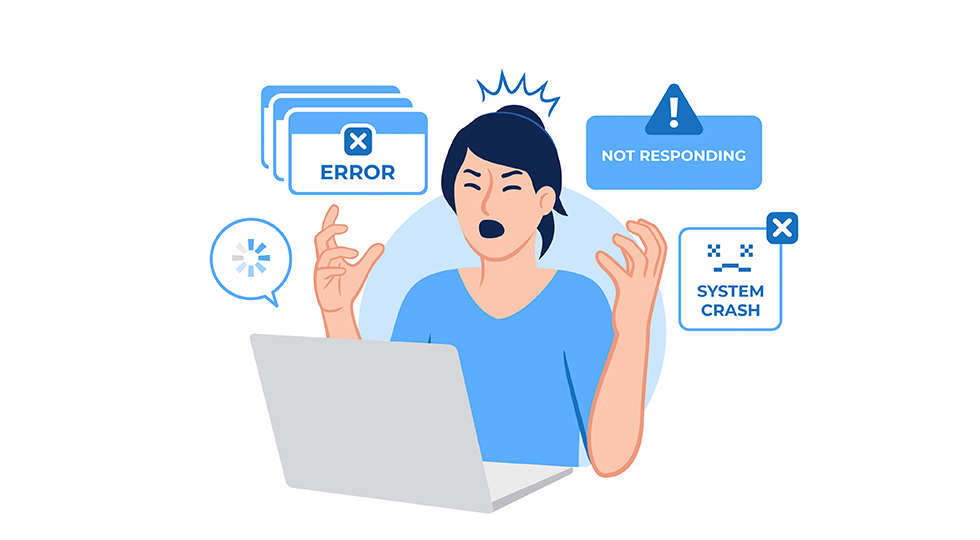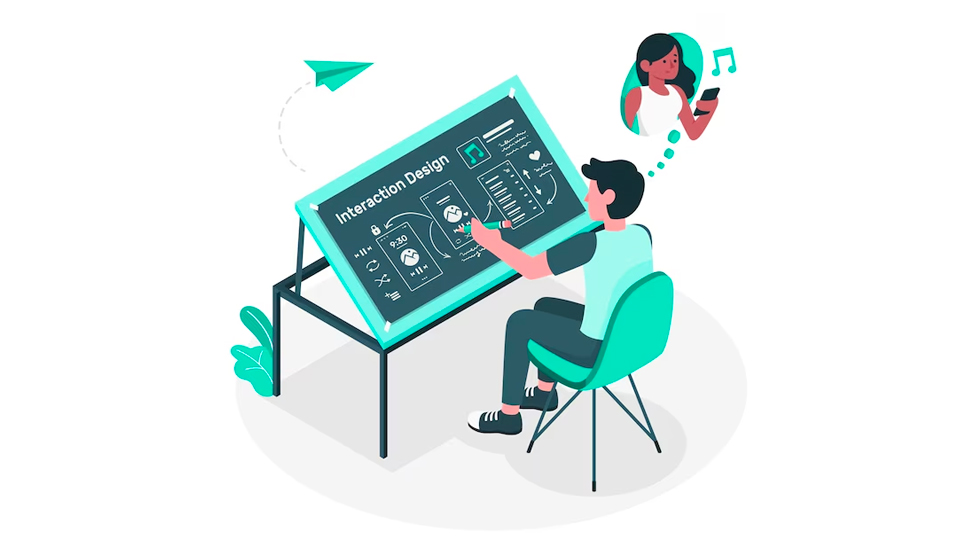Designing from Within: Embracing the 'You Are Not the User' Paradox
Empathy in design is the compass guiding the creation of products tailored for users' needs and experiences.
November 13, 2023
In the fast-paced world of product development, the mantra "You are not the user" has long been a guiding principle, emphasizing the importance of understanding the needs and experiences of the target audience. However, in the rush to meet deadlines and ship products, a growing empathy gap has emerged within businesses, leading to a disconnect between product teams and the end-users. This article explores the consequences of this gap and advocates for a more empathetic approach to design.
The Importance of Research:

Research serves as the foundation of user-centric design, providing a deep understanding of the complications in user experiences, whether they are positive or negative. It empowers designers to pinpoint chances for enhancement and develop products that genuinely connect with actual users. Although time limitations might restrict the scope of research, its absence can lead to a considerable gap between what designers aim for and what users expect.
Acknowledging the Empathy Gap

In the pursuit of meeting deadlines and overcoming constraints, there is a risk of underestimating the impact of design decisions on user experiences. Phrases like 'It's only 3 more clicks' or 'The user will just need to do XYZ instead' may seem okay, but they reveal that we may not truly understand how everyday problems can bother the users. Designers must recognize that pain points are not mere buzzwords; they represent real challenges for users that needs to be fixed.
Beyond Buzzwords: Real Impact on Users

The choices we make during the design and development process can deeply affect users. What might appear as a minor hassle, like three extra clicks, can turn into significant daily frustration. While workarounds are seen as temporary fixes, they can heighten user irritation and result in errors. Over time, these impacts may contribute to a possible decrease in brand reputation and the gradual loss of trust in the product.
Empathy Starts Within the Industry

Interestingly, people in the tech industry are quick to criticize badly designed apps or websites. However, they sometimes forget how their own products affect users. It's important to change this way of thinking – understanding that using a product is a personal experience, but when we create and release a product, it's for the users. This realization highlights the responsibility that comes with making designs that truly cater to the needs of users.
Closing the Gap: Designing for People

Apart from research, the essential way to close the empathy gap is by actively working to understand and prioritize what users need. Before releasing a product, teams should think together about how it will affect users, what sacrifices might be made, and how easy it is to use. The main question to ask is: "If I had to use it, would it make things better or worse for me?" This honest self-evaluation is the basis for creating products that genuinely improve the user experience.
Conclusion:
In a world where technology is advancing really fast, it's super important to close the gap in understanding what users need. Designers and teams making products should not just focus on studying users but also think hard about how their choices affect the real world. By caring about users and making them a top priority, we can create products that not only finish on time but also make people's lives better. Designing for people should be more than just a rule – it should be a promise we keep.
Thank you!!!


